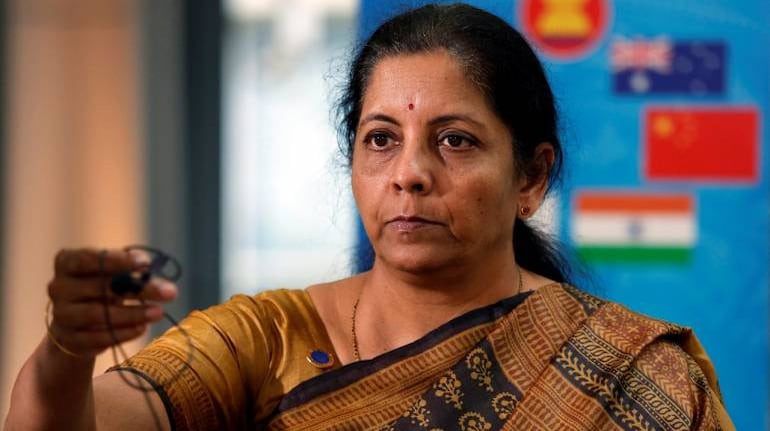India's next budget to focus on boosting growth, says Finance Minister Nirmala Sitharaman
Finance Minister Nirmala Sitharaman suggested the government could ease up on spending in the months ahead to boost the growth rate
Reuters
Dec 3, 2020 / 09:04 PM IST
Finance Minister Nirmala Sitharaman (File image: Reuters)
India’s economy will return to growth in 2021-22 and higher spending in the budget due in February will lay the foundations for even stronger growth in the next four to five years, Finance Minister Nirmala Sitharaman told Reuters on December 3.
With the world’s second highest cases of coronavirus despite a severe lockdown of its 1.3 billion people early on in the pandemic, India’s economy is expected to contract nearly 10 percent in the 2020-21 financial year.
But a recovery is taking hold now, the finance minister told the Reuters Global Investment Outlook Summit, 2021.
“I would think 2021-22 will be very big, good traction year for achieving a really good rate of growth that itself is going to be a launching pad for 4-5 years of growing at a good speed, provided we do enough on the budget and spend on infrastructure,” she said.
Unlike other countries such as the US, Japan and the UK which poured billions of dollars in relief measures, the Indian government has been more measured in its approach because of limited resources and to curb its budget deficit from ballooning.
Sitharaman suggested the government could ease up on spending in the months ahead to boost the growth rate.
“I have to be conscious that if I don’t spend now, then the stimulus is meaningless, if I don’t spend now the revival is going to get deferred and we can’t afford that.”












_2020091018165303jzv.jpg)






















